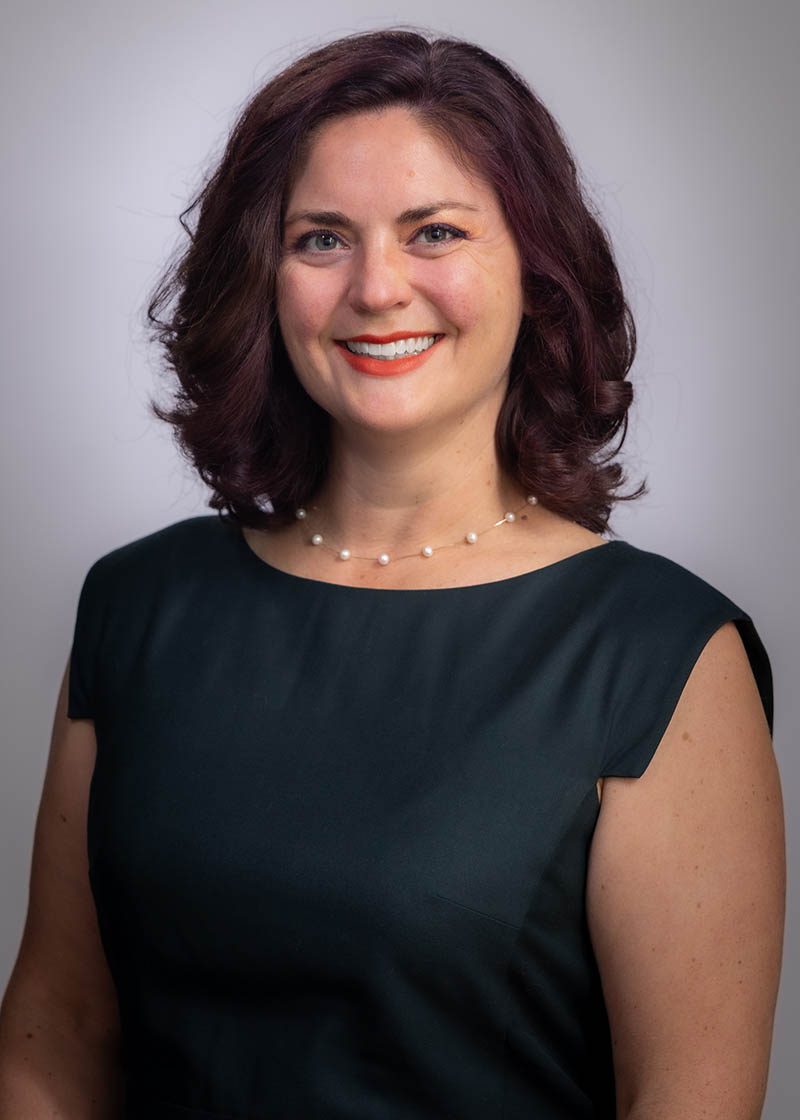Before she entered medical school to become a psychiatric clinician, Wayles Haynes, MD, MFA, was a professional dancer and dance instructor.
“I’m a second-career physician,” said Haynes, who is a fourth-year resident and University of New Mexico inpatient psychiatry chief. “I always wanted to be a doctor but I pursued dance when I was young and the body was willing, which was a good decision.”
She then entered medical school to go after her original dream.
During the first years of her residency at UNM, Haynes recognized a need to provide psychiatry residents – who teach while in residency – with skills to design and facilitate courses.
“When I came to medical school, I was dismayed on how we tried to teach this flood of knowledge,” she said. “When I got to my residency, I realized it’s really not reasonable to ask people to be learning themselves and also be instructing others without providing tools, resources and a place to reflect on what’s happening and all of the different roles and hats you wear.”
Haynes saw an opportunity to share teaching skills she’d gained during her time as an arts educator.
“I’ve been teaching since I was fourteen years old in different physical modalities,” she said. “I had a 20-year intensive teaching experience in the arts where I developed curriculum and taught kindergarteners all the way to the graduate level. I realized that there were a lot of skills I could share.”
Haynes approached her then-program director with the idea of creating a new curriculum called Residents Teaching Residents. She worked with her faculty mentor, Cynthia Geppert, MD, and classmate Olivia Shadid, MD, who shares similar interests.
To ensure residents engage with the content they were being taught, the program – which was first implemented last year – was designed to be interactive, which includes problem-solving discussions, polls and exercises.
“I heavily believe that as a kinesthetic learner, the more I do something, the more I know it,” she said. “Active learning is incredibly essential to the design of the curriculum.”
The three main goals of the program are to promote scholarly reflection, personal development as educators and the practice of near-peer mentorship in an academic setting.

We’re building a bank of resources. With any kind of skilled endeavor, you need to have training, guidance and mentors, and that’s what I’m hoping this program will afford our residents
“We’re building a bank of resources,” she said. “With any kind of skilled endeavor, you need to have training, guidance and mentors, and that’s what I’m hoping this program will afford our residents.”
Looking ahead, Haynes is working with the department’s education chiefs Anmol Aurora, MD, and Angelica Romero, MD, on the next progression of the curriculum focusing on creating and presenting audio-visual materials.
As of now, the program consists of five one-hour sessions for first and second postgraduate year residents. Haynes plans for the program to evolve into something more eventually.
“The idea is for it to be progressive,” she said. “For the third year, I think we’ll focus more on actually teaching a class within our curriculum and getting mentored feedback. And then for fourth years, I’m hopeful that we’ll develop an independent study.”
Haynes said the Residents Teaching Residents program could potentially be emulated across the School of Medicine.
“We use examples from our mental status exam, which is our main functional tool in psychiatry, but I think it would be very easy to change the examples to other specialties and modify it,” she said. “The core ideas and structures, I think, would speak to the experience of the resident learner/teacher.”
